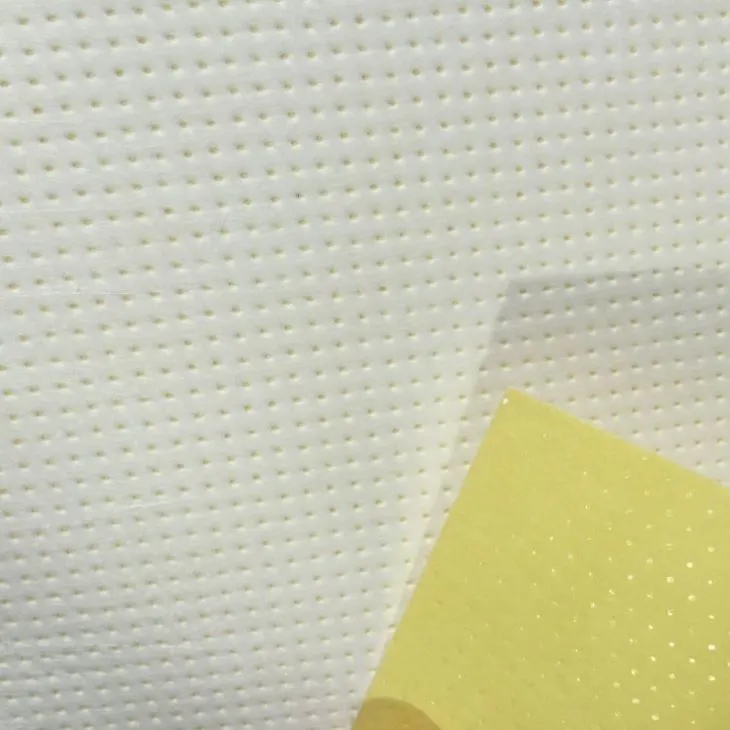
(active carbon filter media)
Active carbon filter media has redefined the approach to air and water filtration due to its superior adsorption capabilities, precise pore structure, and adaptability across various industrial and commercial settings. The integration of active carbon filter media has been instrumental in the removal of volatile organic compounds, chlorine, odors, and a host of chemical contaminants. Its efficacy is not limited to a single sector—residential, healthcare, food & beverage, and manufacturing environments all rely on the consistent performance and proven results delivered by thoughtfully engineered carbon filter media. The innovation momentum for activated carbon media to the filter technology has been fueled by stringent regulatory requirements and heightened sustainability consciousness. Recognizing how the sophisticated synergy of structure and composition translates to measurable contaminant reduction is crucial for stakeholders aiming at optimized filtration outcomes.
The driving force behind the effectiveness of carbon filter media resides in its molecular structure. Engineered with an extensive surface area—often exceeding 800–1500 m2/g—activated carbon contains millions of micropores that operate as adsorption sites, trapping a wide range of organic and inorganic impurities. This uniquely high surface-area-to-weight ratio allows even modest quantities to process substantial volumes of air and water. Advances in production, such as steam activation and chemical activation, provide granular and extruded forms with tailored characteristics to satisfy varying industry specifications. Recent studies have demonstrated removal efficiencies up to 99% for typical volatile organic compounds and 95% for certain heavy metals in wastewaters.
Technological enhancements have resulted in the development of impregnated carbon filter media capable of handling specialized targets like H2S and mercury vapor, broadening the functionality matrix. A vital aspect of this technology is reactivation and regeneration, which not only extends media service life but also addresses sustainability goals by reducing industrial waste streams.
The filtration market showcases several prominent players, each excelling in distinct performance areas. The following table presents a comparison based on independent laboratory tests and industry benchmarks, including performance, media lifespan, regeneration potential, and unit cost:
| Manufacturer | Specific Surface Area (m2/g) | VOC Removal Efficiency (%) | Average Lifespan (months) | Regeneration Cycles | Unit Cost ($/kg) | Specialty Features |
|---|---|---|---|---|---|---|
| Carbochem | 1200 | 98.7 | 18 | 2–3 | 4.30 | Coconut shell activated, low ash |
| Haycarb | 1100 | 97.8 | 16 | 3 | 4.20 | Low dust, food-grade certification |
| Jacobi Carbons | 1300 | 99.2 | 20 | 2 | 4.60 | Silver impregnation option |
| Calgon Carbon | 1150 | 97.5 | 15 | 2 | 4.40 | Reactivation service |
| Kuraray | 1000 | 96.9 | 13 | 2 | 4.10 | Synthetic/wood-based options |
Data illustrates that while higher specification often correlates with increased cost, longevity and reusability can offset upfront investment. Specific technical needs such as food safety or advanced chemical impregnation guide selection toward specialized offerings.
The diversity of contaminants and the uniqueness of operational environments drive the necessity for customization in active carbon filter media. Parameters such as particle size, bulk density, base material source (coconut shell, coal, wood), and impregnation treatments can be specified to meet highly targeted goals. For example, industrial air purifiers benefit from extruded pellet form, which maximizes airflow and minimizes pressure drop, while municipal water treatment plants may favor granular activated carbons engineered for maximal chlorine and micro-pollutant removal.
Cross-disciplinary collaboration between filter manufacturers and end users has proven essential for maximizing technical fit. Custom blends, precisely tailored pH profiles, and even proprietary surface modification have emerged to address sector-specific challenges—including pharmaceutical solvent purification and sensitive semiconductor manufacturing. In pursuit of sustainability, integrators increasingly request reactivation-compatible carbon filter media, which further reduces resource expenditure.
The deployment of activated carbon media to the filter can be traced across a wide span of industry verticals. In drinking water purification installations for urban centers, such as the Berlin Waterworks, a transition to coconut shell-based carbon media led to a measurable 18% reduction in disinfection byproducts and persistent organic micro-contaminants, per their 2021 report. Hospital HVAC retrofits in Singapore, utilizing silver-impregnated carbon filter media, documented a 90% decrease in airborne VOC concentrations, particularly benefiting immunocompromised wards.
Within the food and beverage sector, breweries that have switched their process water filtration to high-density activated carbon reported improved taste stability and a 23% decrease in annual media replacement costs due to longer functional life. In semiconductor fabrication, stringent requirements for sub-parts-per-billion contaminant thresholds have been reliably met through custom blend carbon filter beds, directly contributing to lower reject rates and increased wafer yield. Each application underscores the adaptability and measurable benefits of correctly specified carbon filter media.
Achieving optimal longevity from active carbon filter media requires vigilant maintenance and monitoring. Modern filtration systems often incorporate differential pressure gauges and scheduled sampling to pinpoint breakthrough and maximize service periods without sacrificing output quality. Industry experience indicates that media can remain effective for periods ranging from 12 up to 24 months under average conditions—though highly contaminated or high-throughput environments may see more frequent change cycles. Regeneration and reactivation—via thermal or chemical pathways—present cost-effective alternatives to outright replacement, with studies showing regenerated media retain up to 85% of their original adsorption capacity.
Properly managed replacement and regeneration schedules not only safeguard compliance with safety and purity standards but also significantly enhance cost effectiveness over the project lifecycle. Lifecycle analysis suggests that, with reactivation incorporated, total cost of ownership can be reduced by up to 40% compared to single-use systems.
Throughout the filtration sector, active carbon filter media has established itself as a cornerstone technology. Superior contaminant adsorption, industry-driven customization, and robust lifecycle management practices continuously set new benchmarks for performance and reliability. Comparing leading manufacturers reveals a spectrum of solutions tailored for efficiency, sustainability, and regulatory compliance. Real-world use cases and custom solutions highlight the adaptability of carbon filter media to emerging challenges—from safeguarding municipal water supplies to elevating manufacturing process yields. As filtration demands intensify globally, investing in technically advanced, responsibly sourced, and precisely engineered active carbon filter media remains a critical strategic choice for organizations committed to safety, health, and operational excellence.

(active carbon filter media)
Thickness:0.2-6 mm or Customized
Strand Thickness:0.5-8mm
Swd:2.5-100mm Lwd: 4.5-200mm
Surface Treatment:Powder Coated,Galvanized
MATERAL: PHENOLIC PAPER
MELT-BLOWN PBT
NON-WONEN LAMINATES
DIESEL FUEL FINE FILTERATION GRADE
APPLICATION : FUEL OIL WATER SEPERATION FILTER MEDIA
Material: Electrostatic cotton with activated carbon
PET/PP with Activated Carbon
Basic weight: 200-800g/m2
Application: Cabin Air Filters Panel Air Filters, Filter Cartridge, etc.
RAW MATERIAL: Polypropylene
PROCESS TECHNOLOGY: Melt-blown non-woven
RANGE OF EFFICIENCY: M5 ~ H11
Email to this supplier

